By Abd Elkader Ramadan, Aswat Masriya
On August 6, Egypt will inaugurate a “New Suez Canal,” in a celebration which the state has for weeks been publicising. The project was completed one year after the green light to start working was given.
The Suez Canal is a strategic waterway for Egypt and it brings the state billions of dollars annually.
Aswat Masriya will answer questions on when the idea for the project came up, how it was funded, what the expected benefits are and what is next.
When?
President Abdel Fattah al-Sisi launched a project to deepen the Suez Canal and dig a parallel canal on August 5, 2014. In a scene aired on television, he pushed a button, launching an explosion leading to black smoke billowing in the sky.
This marked the beginning of drilling.
On the same day, Sisi signed an order to launch drilling in a major ceremony held near the waterway.
The Suez Canal Authority estimated that the project will need 36 months to be completed but Sisi demanded that it be completed in a year.

What are the differences between the drilling and the developmental aspects of the project?
The “New Suez Canal” project involves building a canal parallel to the current Suez Canal, 35 –kilometres-long, to minimise the amount of time ships spend crossing the canal. Additionally, the Suez Canal was made deeper and wider to admit larger ships.
This aspect of the project has been completed and will be launched in early August in an event organised by a consortium led by British advertising firm WPP which was tasked by Egypt.
But the project does not end at this. On the long-run, the project also aims to develop the entire region surrounding the Suez Canal, turning the strategic waterway into a comprehensive global business centre which would provide maritime transport services.
The services include repairing ships, refueling, towing and rescuing, painting and cleaning ships and loading and unloading them.
The project will see the creation of industrial and logistical centres, as well centres for packing and packaging.
As part of the project, ports will be launched at the entrances of the canal to put Egypt on the global supply chain map.
Hani Sarie-Eldin, the legal adviser for the project, said the developmental aspect of the project is made up of two phases, the first of which is due to be initiated within 2015 and will be completed by 2030. The second is set to be completed by 2045, Sarie-Eldin said in statements to the state agency MENA.
Egypt has tasked a consortium to plan the mega project, led by Dar al-Handasah, the consultancy firm that won a bid to plan the project. The company said earlier this year that it has completed the master plan for it.
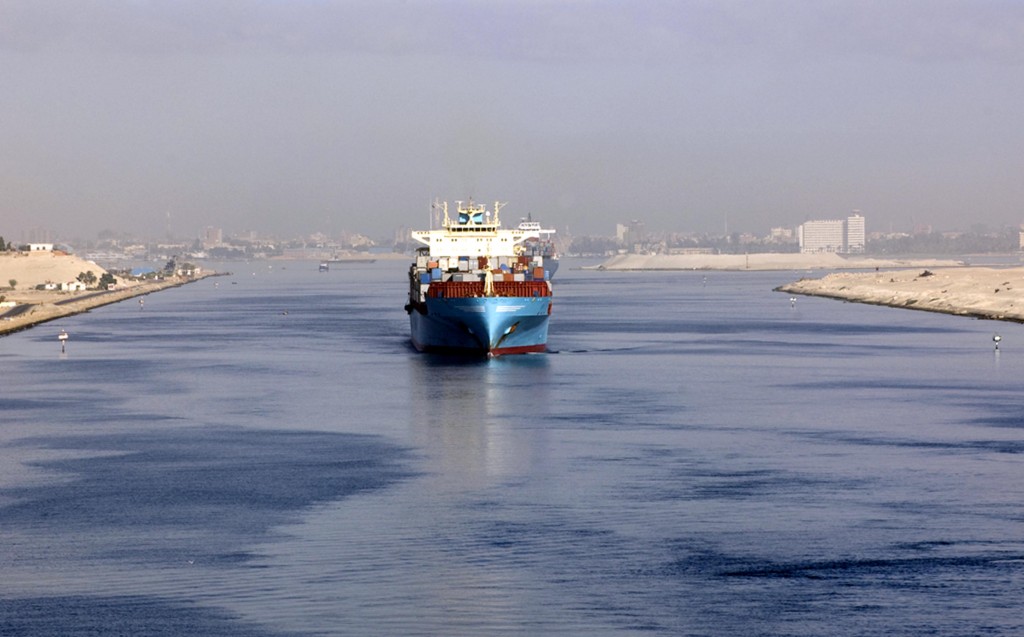
How much did drilling cost? How was it funded?
The cost of deepening the waterway and drilling a parallel canal cost around $US 4 billion (31.3 billion Egyptian pounds).
The Egyptian government collected from citizens $US 8.17 billion (64 billion Egyptian pounds) within eight working days by issuing five-year investment certificates at an interest rate of 12 percent. This is the highest interest rate for this type of saving scheme.
The remainder of the sum that was collected was directed toward constructing 6 tunnels underneath the canal, three in Port Said and three in Ismailia, both cities which lie adjacent to the waterway.
Why was drilling funded through investment certificates?
The government had two choices for funding the “New Suez Canal”, either to issue stocks or investment certificates. The government chose the latter because of time limitations and for national security purposes.
Issuing stocks was “completely” eliminated as it grants the buyers ownership and management rights, the minister of international cooperation had earlier told Aswat Masriya. Minister Naglaa El Ahwany added that investment certificates meanwhile give buyers a stable return rate.
What is the size of the return of the drilling project?
The deepening of the canal and drilling a parallel junction to it would double the Suez Canal revenues from $US 5.3 billion to $US 13.3 in 2023, the Suez Canal authority said.
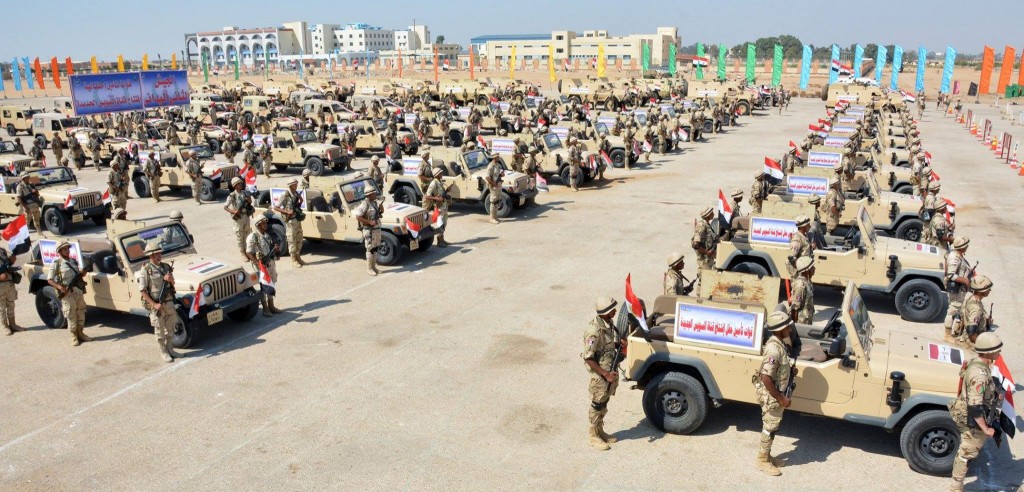
How many job opportunities have been provided by the project?
Over 43 thousand workers have taken part in the drilling and construction of the new parallel canal, the Suez Canal authority said. The number of contractors working in the canal is 80 companies, in addition to six dredging companies and a bulldozers group affiliated with the Suez Canal Authority.
The development project is meanwhile estimated to provide one million job opportunities during the coming 15 years.
How will the project affect world trade traffic?
The new parallel canal will contribute to doubling the size of the Suez Canal. Around 97 ships are expected to daily cross the canal by 2023, while the number of ships daily crossing the canal before the project was launched was nearly 49 ships.
When the project is concluded, the Suez Canal will be able to accommodate all kinds of ships, especially giant oil tankers. It would also save costs for ships, as it would cut down on traffic time.
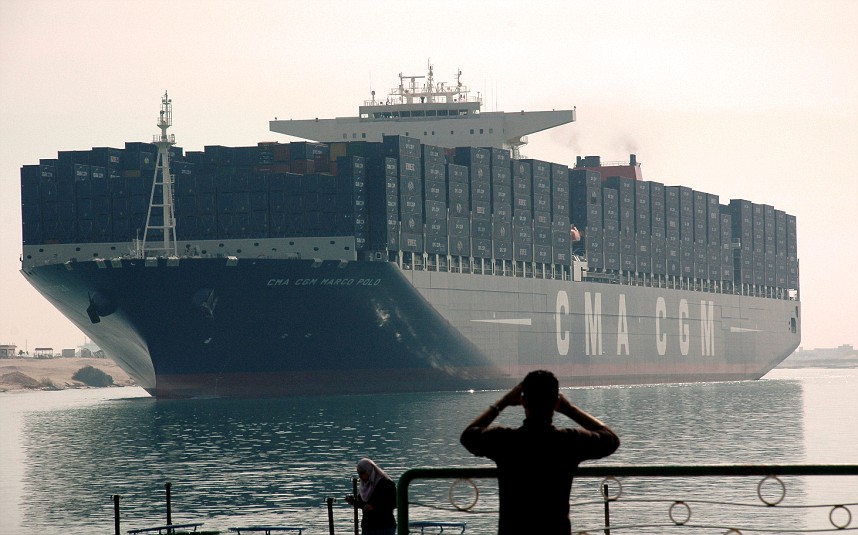



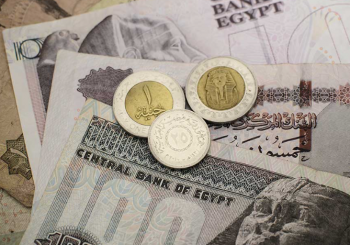
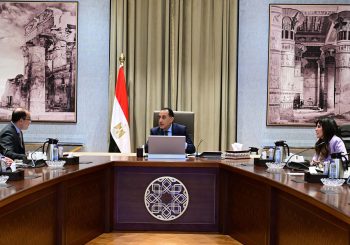
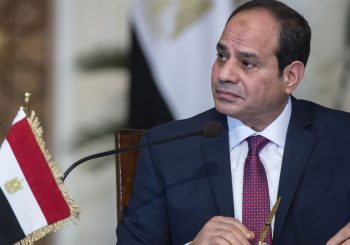
Comments (12)
I am delighted with this report. It answers specific questions and explains all avenues dealing with cost and projections concerning future adventitious aspect of this mammoth project. It is a far far cry from the superficial and unenthusiastic account published in the Independent/ The daily News newspaper and posted on FB today—it was superficial and posed questions which have been answered here. We need more factual and properly researched articles like this. Let’s have quality and standards which can be relied upon and respected in our media.
Great accomplishment, let’s see if they pay all the interest now.